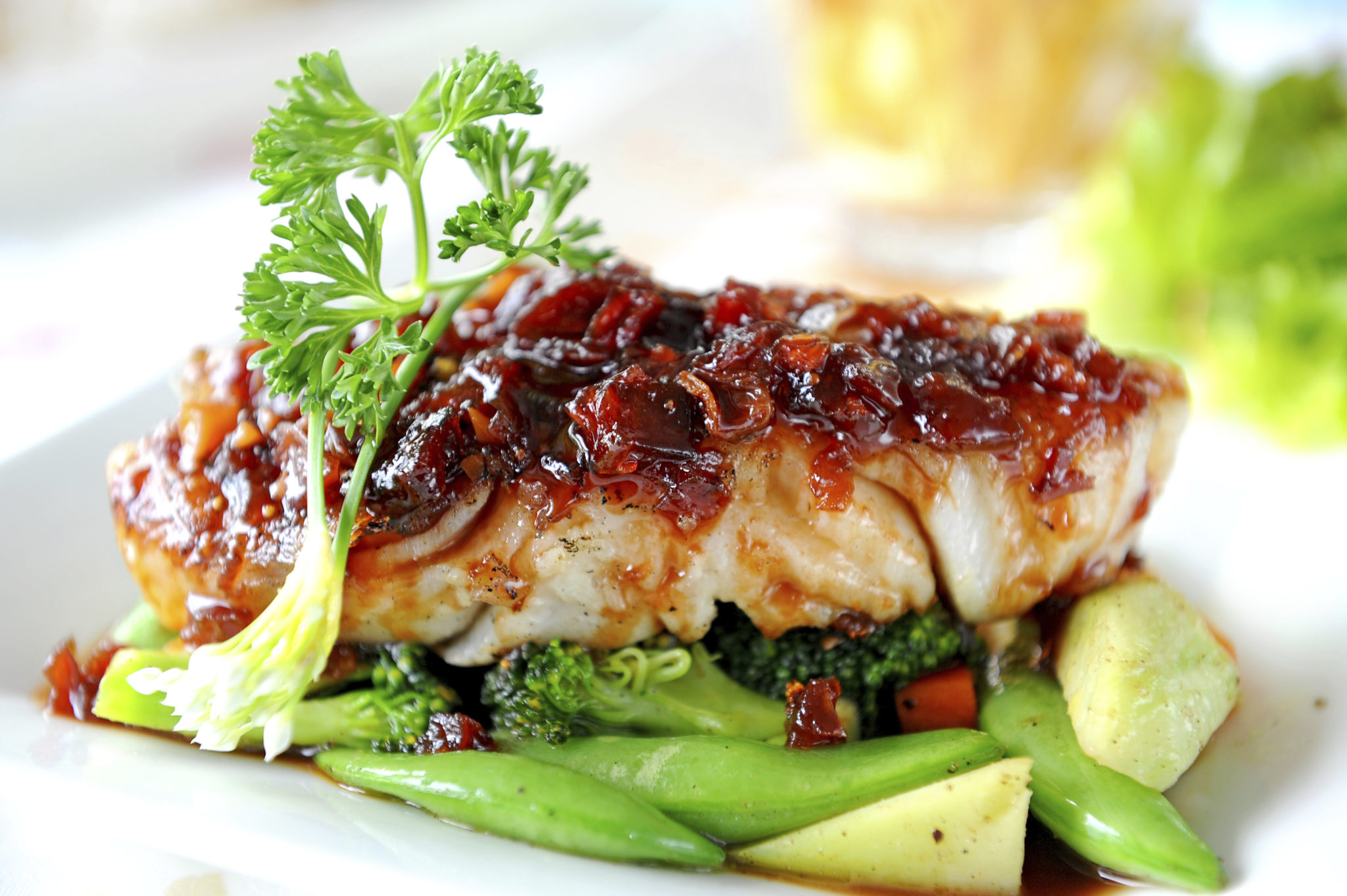Providing easy-to-follow directions is an important skill for any chef to cultivate. If you’ve already learned some of the basics of writing recipes, it’s time to consider a few more tips. Whether you are writing down how to make a dish for future reference, exchanging cooking ideas with a friend or working on your own cookbook or blog, these suggestions will help you put what you’ve learned from culinary arts programs into words.
1. Consider your voice and audience
As with any kind of writing, setting down your recipe calls for thinking carefully about the level of complexity in your language and the tone you set. Take into account your likely readers. Are they fellow chefs or beginner home cooks? This can make a huge difference in the vocabulary you use and how much prior knowledge you can assume your audience possesses about particular methods.
The general audience has changed over time, however. As the New York Times pointed out, food writers have adapted to the fact that today’s average reader is savvier about cooking and has access to higher quality ingredients than in the past. This means the audience may appreciate more detailed explanations of technique and when you leave some room for personal adaptations and improvisation.

2. Add pictures
Illustrations can make a huge difference in helping readers to understand your directions. It’s most important to have a good image of the final product, so he or she knows what to aim for. However, pictures of the ingredients and process can also be quite helpful. If the recipe calls for an unusual vegetable or a complicated cut, let your audience see what it looks like. A few photographs can go a long way to avoid confusion and frustration.
3. Test every step repeatedly
Just taking notes during your cooking process is not sufficient. You should try out the recipe you have written, preferably a few times to account for any errors or inconsistencies in preparation time. That way, you’ll notice if you forgot something or if a particular direction needs clarification. Read the text aloud to find any clunky or confusing wording.
Food & Nutrition emphasized the importance of following the instructions you gave to the letter when you prepare the dish. During testing, you may realize that you can make some improvements. Incorporate any changes into the text, and then test again.
Writing recipes can help a chef to develop skills in both cooking and communication. Both are vital parts of building a successful career in a professional kitchen.



